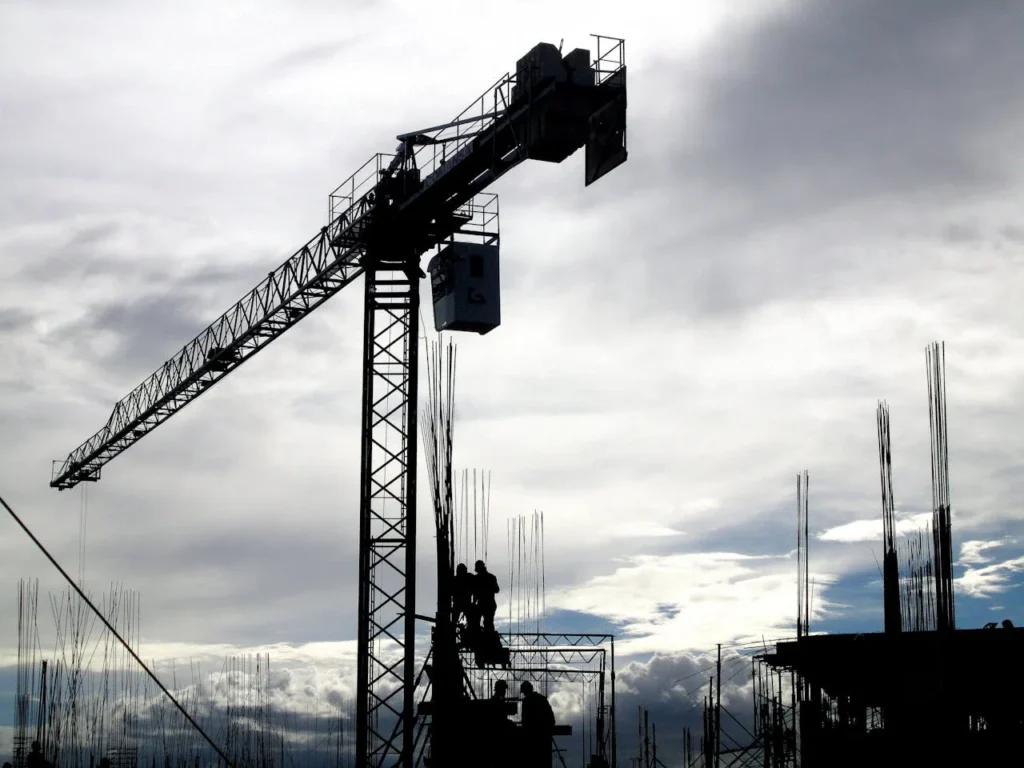Tension dynamometers, often known as tension meters or tensiometers, measure tension in cables, wires, ropes, and structural components. Construction, manufacturing, utilities, and telecommunications need accurate tension management for the safety, performance, and durability of materials and structures.
Tension Dynamometer Parts
1. Load Cell
The load cell is the tension dynamometer’s core. This gadget generates an electrical signal from mechanical strain. Aluminum, steel, or stainless steel load cells have strain gauges that flex under stress, altering their electrical resistance accordingly.
2. Dial gauge or digital display
A digital screen or dial gauge displays the load cell signal. Modern tension dynamometers include digital displays with clear, exact readouts in pounds, kilograms, and Newtons.
3. Attachment Systems
Tension dynamometers connect to materials via hooks, shackles, or clamps. These connection methods must be strong and secure for accurate readings and safety.
4. Housing Case
The housing protects internal components from mechanical and environmental harm. High-quality dynamometers feature durable, weatherproof enclosures for outdoor and industrial applications.
Advantages of Tension Dynamometers
Precision and Accuracy
In situations where even little errors may cause major concerns, tension dynamometers provide unmatched precision and accuracy in measuring tension forces.
Versatility
These devices are versatile and useful for many materials and industries. They measure static and dynamic loads, making them helpful for crane and hoist load monitoring and static cable tensioning.
Safety
Tension dynamometers improve safety by maintaining safe tension limits in materials and buildings. They protect against over-tensioned cables and ropes from snapping and injuring.
Efficiency
Operations are more efficient and materials last longer with accurate tension readings. Precision saves time and money by reducing modifications and repairs.
Logging and Analyzing
Data recording allows extensive examination of tension patterns in modern tension dynamometers. Maintenance planning, safety assessments, and performance improvement benefit from this data.
Using a Tension Dynamometer
- Inspect and Prepare
Check a tension dynamometer for damage or wear before using it. Be careful to calibrate it per manufacturer’s instructions.
Choose a dynamometer with enough capacity for the estimated tension range to prevent overloading.
- Setup
Use hooks or shackles to attach the dynamometer to the material. Secure the attachments and line the dynamometer with the material.
If the gadget can zero, do so to start with precise readings.
- Applying Tension
Tension the material gradually. Avoid shock loading, which may harm the dynamometer and compromise accuracy, by increasing load steadily.
Check the dial gauge or digital display for tension. In digital models, tension values change in real time, giving feedback.
- Recording Data
Record tension measurements using data recording for comprehensive analysis. This data may be downloaded for study on a computer or other device.
Keep track of all measures and note any notable changes or abnormalities that may signal problems.
- Tension Release
After measurements, slightly relax tension before removing the dynamometer. Rapid unloading might harm the gadget, therefore this gentle release protects it. To prolong its life, check the dynamometer for damage and keep it in a secure, dry area.
Maintenance and Care
- Regular Checkups
Check the dynamometer for wear and corrosion regularly. Carefully inspect the load cell, attachments, and housing.
- Cleaning
Keep the dynamometer tidy. Use safe cleaning chemicals for materials and electronics.
- Storage
When not in use, keep the dynamometer in a case. Dry and dust-free storage prevents corrosion and damage.
- Calibration
Dynamometer calibration should be done routinely and after major impacts or load changes. Use the manufacturer’s calibration instructions or submit it to a professional calibration facility.
Conclusion
Precision, adaptability, safety, efficiency, and enhanced data capabilities make tension dynamometers useful in many sectors. Operators may maximize application performance and safety by appropriately using and maintaining these devices. In building, manufacturing, utilities, and marine operations, tension dynamometers help preserve material and structural integrity and efficiency.






